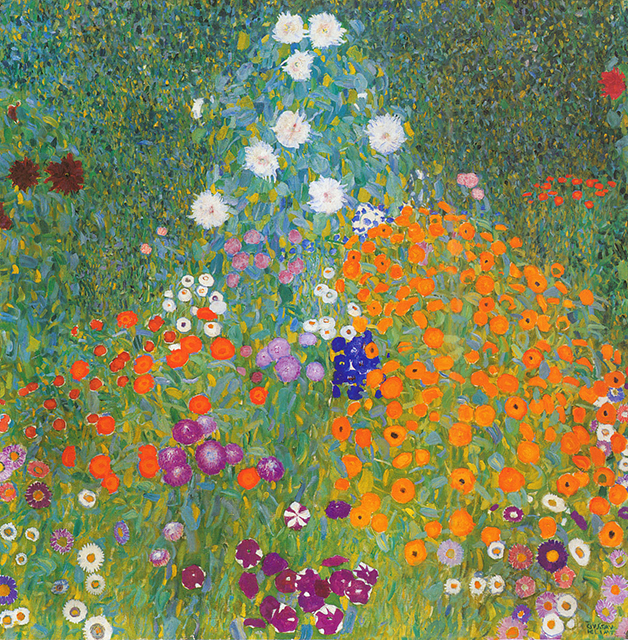Self-Knowledge • Fear & Insecurity
I Am Not My Body
A characteristic emotion on seeing a favourite novel turned into a film is puzzlement. We may not hate the actor playing a particular role, we might even find them rather beautiful, it’s just that they tend not to be as we imagined they should be. We never thought that Tolstoy’s Anna Karenina or Ishiguro’s Stevens or Jane Austen’s Marianne Dashwood or Scott Fitzgerald’s Gatsby would look like quite… like that!


Beautiful perhaps – but are they really supposed to look like that? Keira Knightley in Anna Karenina, Leonardo di Caprio in The Great Gatsby
When we originally read the novel, we didn’t necessarily even imagine what they would look like. Their identity was free of the tyrannical requirement for a face. We were liberated to ‘see’ them in their unbounded entirety, because we did not have to visualise them concretely. Their appearances were fluid and, where necessary, hazy, so as better to allow their multiplicity to take form. By not having to look a certain way, they could be far more than just one thing.
The discomfort we feel at the cinema reflects, on a small scale, the pain we are likely to experience with far greater force closer to home: in the bathroom mirror, in relation to ourselves. Here too we are prone to looking at the face in front of us and thinking – even if we do not hate how we look, though we probably do – that our features are in multiple ways extremely unfaithful to how it feels to be us. As with a character in a novel, we know ourselves in the comforting darkness of the inner mind where we don’t place strict boundaries or blunt conclusions on who we might be. We give ourselves latitude. We know we have a thousand moods, that we are a bewildering mixture of the kind and the selfish, the immoral and the good, the confused and the clear-eyed. We know that we harbour infinite possibilities; that we are at once artists, ploughmen, accountants, babies, presidents, lunatics, men, boys, girls, women, dolphins, okapis, jellyfish and ballerinas. Pretty much any life form that has ever bubbled up and breathed on the earth has some echo inside us. How perplexing, therefore, to have to look in the mirror and be obtusely presented with just one particular person, with one predominant expression, one rather serious nose, one set of sensible ears and one pair of cautious lips.
This perplexing feeling first descends in adolescence. If we are frequently to be found dazed on the sofa at that age, or snappy towards our parents or melancholic in a shapeless black tunic, it is hardly a surprise given that we have recently – and probably for the first time – become properly aware of how our bodies must look to others – and what a cage we are condemned to inhabit, having once blithely assumed that we might be as free of definition as a cloud or an ellipsis. Our face in the mirror may come as no less of a surprise for us than would, for a reader, the arrival of a random Hollywood star in the space of a fictional persona. Someone is playing us – and we’re really not sure we like who has been cast.

The body that betrays us; the agonies of adolescence.Sian Davey, ‘Martha’, 15
We are sometimes given advice on how to cope at this point. We must learn to love what has happened to us and who, equipped with this new body, we have turned out to be. We should consider ourselves with enthusiasm and gratitude – and to interpret our bodies as a gift of nature. We are, whatever we feel, beautiful. We should give ourselves a hug.
The advice is well-meaning and in its place apt. But there might be another, starker philosophy to try out too, this one based not so much on grateful self-acceptance as on permanently outraged but ultimately joyful and triumphant bodily self-rejection. We might look at the face in the mirror and pull an incensed mutinous smile as if to say: that really is not me and never will be. Rather than attempting to overcome our initial discomfiture, we might hold on to it and make a cult of it, founding a major part of our identity on a gutsy and insolent refusal to take on board the so-called ‘gift of nature’ we can’t stand. Following Kingsley Amis in his truculent description of his body as an ‘idiot’ to whom he was chained, we might consider our appearance as a banal and ridiculous actor to whom a malevolent casting agent had mysterious decided to shackle us – and to whom we owe no particular favours or loyalty. We might think of our body as a taxi the universe has rudely shoved us into, not a vehicle we have carefully had the opportunity to choose – and to deserve.
Out of such insubordination can come a liberating lightness. No longer do we have to worry whether or not we are our own faces; we’ll know for sure we absolutely aren’t. We’ll hint to the world that there are armies of people, beings funnier and sadder, cleverer and simpler, more masculine and more feminine, struggling to get out. At the same time, we’ll be able to bring our knowledge of the radical disconnection between outer form and inner character to bear on our views of others. We’ll cease taking their appearance as any sort of truth. We’ll know that they are likely to feel as let down by their bodies as we do. We’ll come to ‘see’ beauty where no one else has learnt to spot it, because we’ll be looking with new, and more penetrating sorts of eyes. And most importantly, we’ll feel compassion, for ourselves and others, for the blatant injustice of the facial lottery we have been made to play without ever being asked.


























